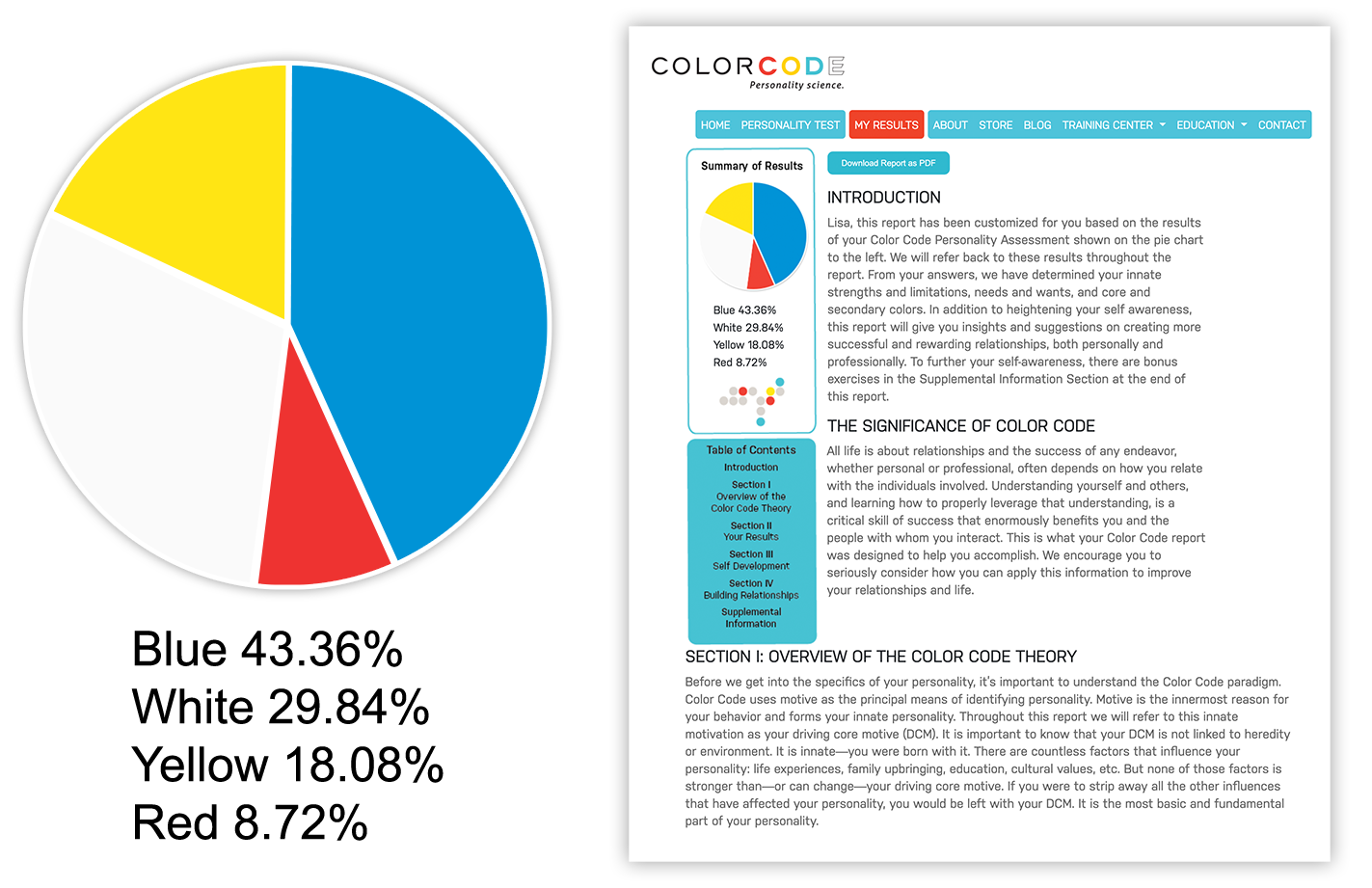Ambivalent is a LIMITATION of the WHITE personality in the Color Code Personality Assessment.
Ambivalent
"Ambivalence is like carbon monoxide – undetectable yet deadly."
― Cherie Carter-Scott
Lisa Ulshafer /  Are you someone who struggles with making decisions or taking action? Do you often find yourself feeling stuck, unable to commit to a course of action? Ambivalence, the state of having mixed or conflicting feelings about something or someone, is a common and complex human experience. It is often characterized by a sense of uncertainty, hesitation, or even emotional turmoil as one grapples with opposing thoughts, emotions, or desires. It can manifest in various situations, such as when making decisions, forming opinions, or navigating relationships.
Are you someone who struggles with making decisions or taking action? Do you often find yourself feeling stuck, unable to commit to a course of action? Ambivalence, the state of having mixed or conflicting feelings about something or someone, is a common and complex human experience. It is often characterized by a sense of uncertainty, hesitation, or even emotional turmoil as one grapples with opposing thoughts, emotions, or desires. It can manifest in various situations, such as when making decisions, forming opinions, or navigating relationships.
Ambivalence can leave one feeling torn between conflicting options, pulled in different directions, or struggling to reconcile opposing perspectives. It can be both frustrating and confusing, as individuals may find themselves vacillating between opposing viewpoints or emotions, unsure of which path to choose. Ambivalence can be a challenging emotional state to navigate, requiring introspection, self-awareness, and thoughtful reflection to untangle the complex web of conflicting feelings and ultimately arrive at a resolution.
Here are some common signs that you may be ambivalent:
- Difficulty making decisions: You may find it challenging to make a choice or commit to one option, often going back and forth between two or more choices.
- Feeling stuck: You may feel like you're stuck in a situation or unable to move forward because of conflicting feelings or uncertainty.
- Procrastination: You may delay taking action or making decisions because you're not sure which direction to take or you feel uncertain about the outcome.
- Indecision: You may struggle to make a clear decision or take a definitive stance on an issue, even when presented with clear options.
- Mixed feelings: You may have conflicting emotions about a person, situation, or decision, making it challenging to know what to do or how to feel.
- Lack of motivation: You may feel unmotivated or uninterested in pursuing a particular goal or objective, which can be a sign of ambivalence towards that goal.
- Anxiety or stress: The uncertainty and indecision associated with ambivalence can cause anxiety and stress, which can negatively impact your mental health and well-being.
- Overthinking: You may find yourself overthinking decisions, actions, or situations, which can make it even more challenging to make a clear decision or take action.
- Second-guessing: You may question yourself and your choices, even after making a decision or taking action, which can lead to self-doubt and uncertainty.
Here are 9 strategies for overcoming ambivalence:
-
Self-reflection: Taking time to introspect and identify the underlying reasons for the ambivalence can be a helpful starting point. Reflect on your values, priorities, and emotions related to the situation to gain clarity.
-
Weighing pros and cons: Make a list of the pros and cons of each option or conflicting feeling. Evaluating the potential benefits and drawbacks of each choice can help you objectively analyze the situation and make an informed decision.
-
Seeking external input: Seek advice from trusted friends, family members, or mentors. Discussing the situation with others can provide fresh perspectives and insights that may help you see things from different angles.
-
Identifying fears and beliefs: Explore any fears, beliefs, or assumptions that may be contributing to the ambivalence. Are there any underlying concerns or limiting beliefs that are holding you back? Understanding and addressing these can help you gain clarity and move forward.
-
Setting small goals: Break down the decision or situation into smaller, manageable steps. Setting incremental goals can make the process less overwhelming and help you take concrete actions towards resolution.
-
Embracing uncertainty: Recognize that ambivalence is a natural part of the decision-making process and that it's okay to feel uncertain at times. Embrace the ambiguity and focus on taking small steps forward, even if you don't have all the answers yet.
-
Practicing self-compassion: Be kind and patient with yourself as you navigate through the ambivalence. Avoid self-judgment or criticism and practice self-compassion. Acknowledge that it's okay to have mixed feelings and that you're doing your best to find a resolution.
-
Visualizing outcomes: Envision the potential outcomes of each choice and how they align with your values and goals. Visualizing the consequences of each option can help you gain clarity and make a more informed decision.
-
Taking action: Sometimes, taking action, even if it's a small step, can help break the cycle of ambivalence. It can create momentum and provide feedback that can guide you towards a resolution.
Overcoming ambivalence can bring about a sense of clarity, decisiveness, and purpose. Without the constant tug of conflicting emotions or uncertainty, you can feel more confident and empowered in your choices and actions. Life can become more straightforward, with a reduced sense of internal conflict and indecisiveness. Emotions and thoughts may align more harmoniously, allowing for a greater sense of emotional stability and peace. Without the constant back-and-forth of ambivalence, you can experience a deeper sense of contentment, fulfillment, and direction in your life choices and pursuits.
Ambivalent
"Ambivalence is like carbon monoxide – undetectable yet deadly."
― Cherie Carter-Scott
 Are you someone who struggles with making decisions or taking action? Do you often find yourself feeling stuck, unable to commit to a course of action? Ambivalence, the state of having mixed or conflicting feelings about something or someone, is a common and complex human experience. It is often characterized by a sense of uncertainty, hesitation, or even emotional turmoil as one grapples with opposing thoughts, emotions, or desires. It can manifest in various situations, such as when making decisions, forming opinions, or navigating relationships.
Are you someone who struggles with making decisions or taking action? Do you often find yourself feeling stuck, unable to commit to a course of action? Ambivalence, the state of having mixed or conflicting feelings about something or someone, is a common and complex human experience. It is often characterized by a sense of uncertainty, hesitation, or even emotional turmoil as one grapples with opposing thoughts, emotions, or desires. It can manifest in various situations, such as when making decisions, forming opinions, or navigating relationships.
Ambivalence can leave one feeling torn between conflicting options, pulled in different directions, or struggling to reconcile opposing perspectives. It can be both frustrating and confusing, as individuals may find themselves vacillating between opposing viewpoints or emotions, unsure of which path to choose. Ambivalence can be a challenging emotional state to navigate, requiring introspection, self-awareness, and thoughtful reflection to untangle the complex web of conflicting feelings and ultimately arrive at a resolution.
Here are some common signs that you may be ambivalent:
- Difficulty making decisions: You may find it challenging to make a choice or commit to one option, often going back and forth between two or more choices.
- Feeling stuck: You may feel like you're stuck in a situation or unable to move forward because of conflicting feelings or uncertainty.
- Procrastination: You may delay taking action or making decisions because you're not sure which direction to take or you feel uncertain about the outcome.
- Indecision: You may struggle to make a clear decision or take a definitive stance on an issue, even when presented with clear options.
- Mixed feelings: You may have conflicting emotions about a person, situation, or decision, making it challenging to know what to do or how to feel.
- Lack of motivation: You may feel unmotivated or uninterested in pursuing a particular goal or objective, which can be a sign of ambivalence towards that goal.
- Anxiety or stress: The uncertainty and indecision associated with ambivalence can cause anxiety and stress, which can negatively impact your mental health and well-being.
- Overthinking: You may find yourself overthinking decisions, actions, or situations, which can make it even more challenging to make a clear decision or take action.
- Second-guessing: You may question yourself and your choices, even after making a decision or taking action, which can lead to self-doubt and uncertainty.
Here are 9 strategies for overcoming ambivalence:
-
Self-reflection: Taking time to introspect and identify the underlying reasons for the ambivalence can be a helpful starting point. Reflect on your values, priorities, and emotions related to the situation to gain clarity.
-
Weighing pros and cons: Make a list of the pros and cons of each option or conflicting feeling. Evaluating the potential benefits and drawbacks of each choice can help you objectively analyze the situation and make an informed decision.
-
Seeking external input: Seek advice from trusted friends, family members, or mentors. Discussing the situation with others can provide fresh perspectives and insights that may help you see things from different angles.
-
Identifying fears and beliefs: Explore any fears, beliefs, or assumptions that may be contributing to the ambivalence. Are there any underlying concerns or limiting beliefs that are holding you back? Understanding and addressing these can help you gain clarity and move forward.
-
Setting small goals: Break down the decision or situation into smaller, manageable steps. Setting incremental goals can make the process less overwhelming and help you take concrete actions towards resolution.
-
Embracing uncertainty: Recognize that ambivalence is a natural part of the decision-making process and that it's okay to feel uncertain at times. Embrace the ambiguity and focus on taking small steps forward, even if you don't have all the answers yet.
-
Practicing self-compassion: Be kind and patient with yourself as you navigate through the ambivalence. Avoid self-judgment or criticism and practice self-compassion. Acknowledge that it's okay to have mixed feelings and that you're doing your best to find a resolution.
-
Visualizing outcomes: Envision the potential outcomes of each choice and how they align with your values and goals. Visualizing the consequences of each option can help you gain clarity and make a more informed decision.
-
Taking action: Sometimes, taking action, even if it's a small step, can help break the cycle of ambivalence. It can create momentum and provide feedback that can guide you towards a resolution.
Overcoming ambivalence can bring about a sense of clarity, decisiveness, and purpose. Without the constant tug of conflicting emotions or uncertainty, you can feel more confident and empowered in your choices and actions. Life can become more straightforward, with a reduced sense of internal conflict and indecisiveness. Emotions and thoughts may align more harmoniously, allowing for a greater sense of emotional stability and peace. Without the constant back-and-forth of ambivalence, you can experience a deeper sense of contentment, fulfillment, and direction in your life choices and pursuits.
Change can be challenging and difficult to do all on your own.
Contact Lisa today to make the kind of changes in your life that lift you to your greatest potential.

2 Free Template Downloads
#1. Developing Strengths & Becoming Charactered
#2. Removing My Limitations
Fill out the form below to receive your free templates:
Click to explore the Strengths & Limitations of each color:
FULL Analysis
A completely customized report that is designed to fully analyze your personality and provide bonus tools to help you on your way to personal development.
Results Include:
- Pie chart showing you what you scored in all 4 colors.
- Comprehensive analysis containing 35+ page report with customized content that describes your individual personality style in depth.
- List of your innate strengths and limitations.
- A breakdown of secondary colors and how they affect your personality.
- Throughout are videos, activities and other tools embedded to help you more fully understand your results.



